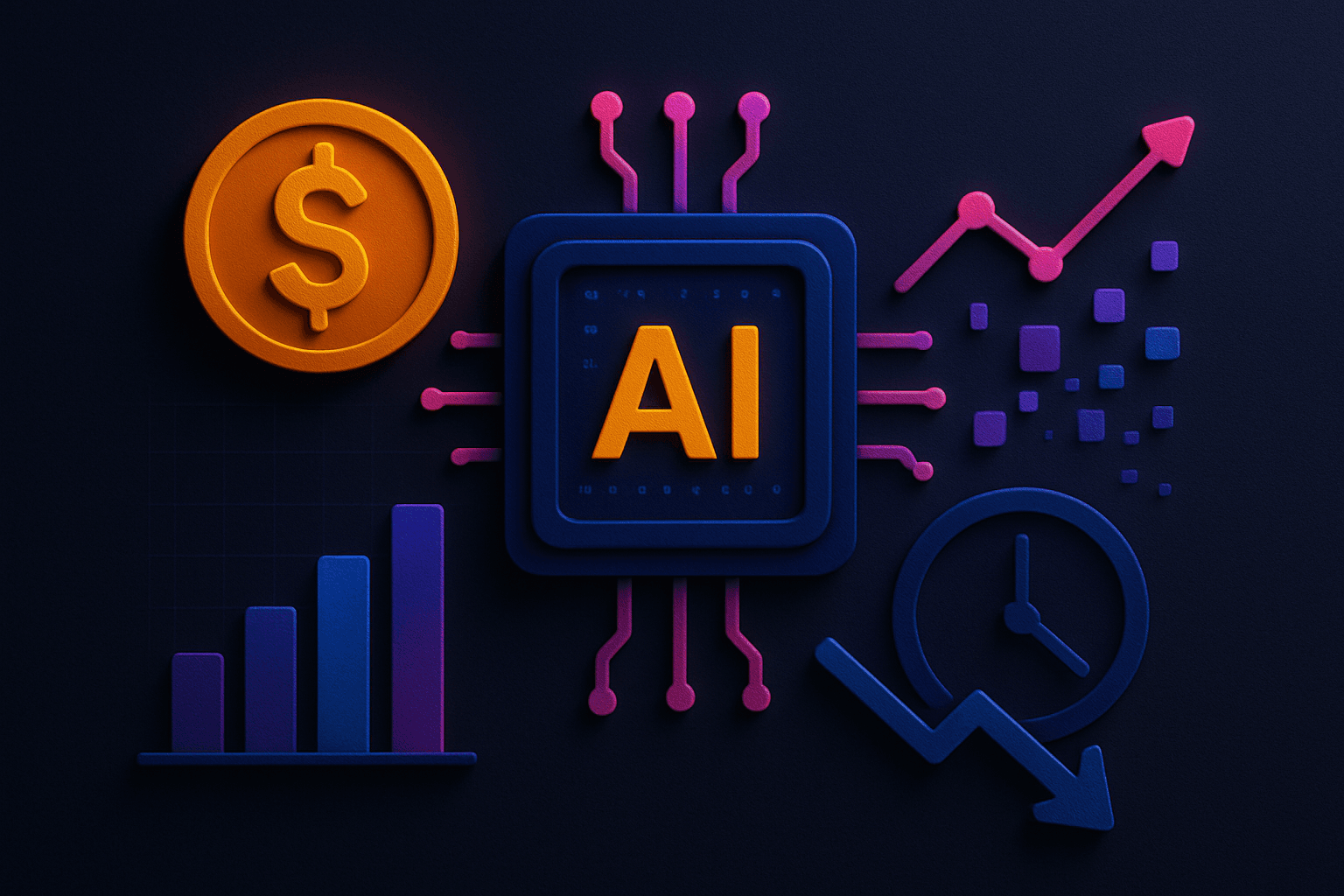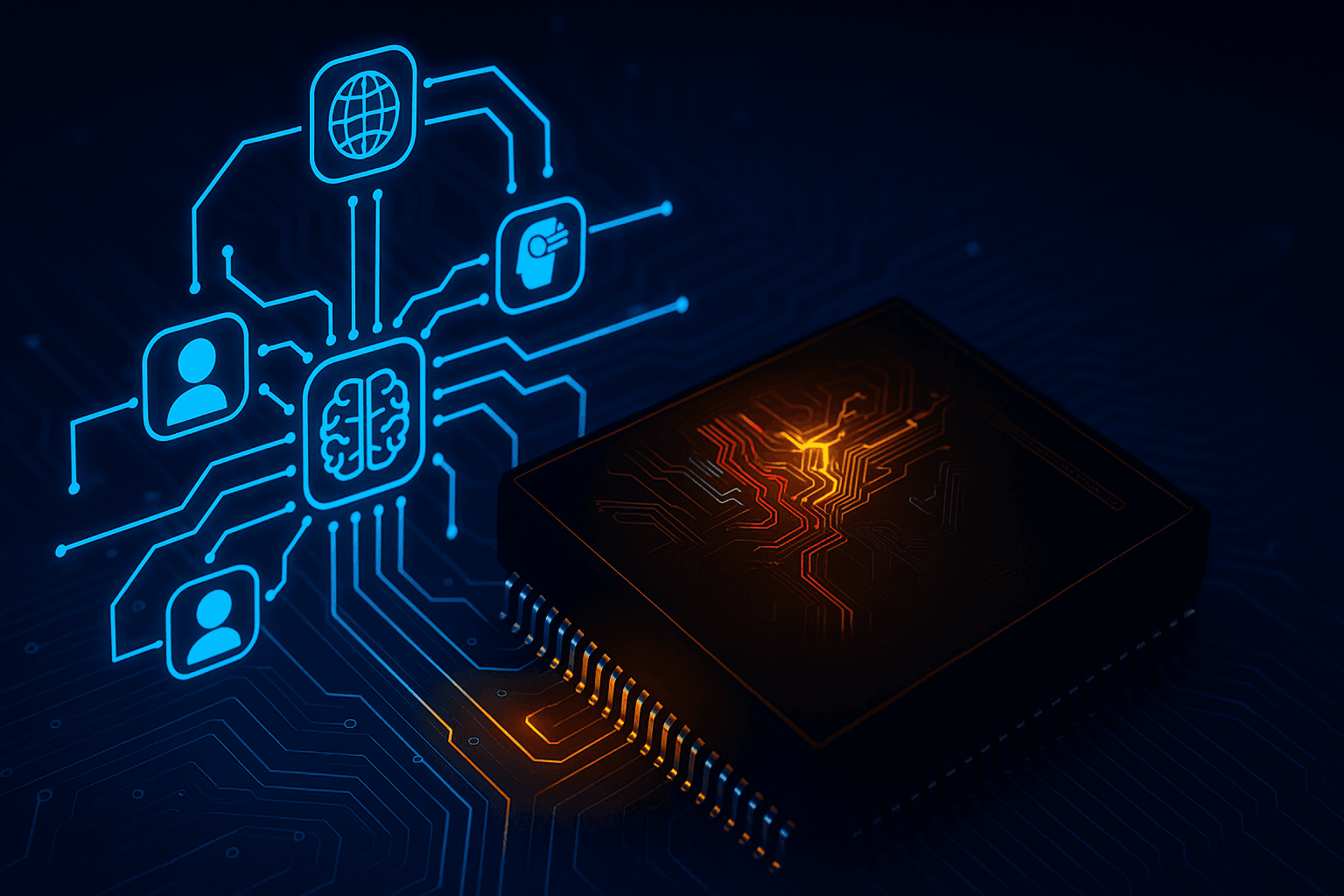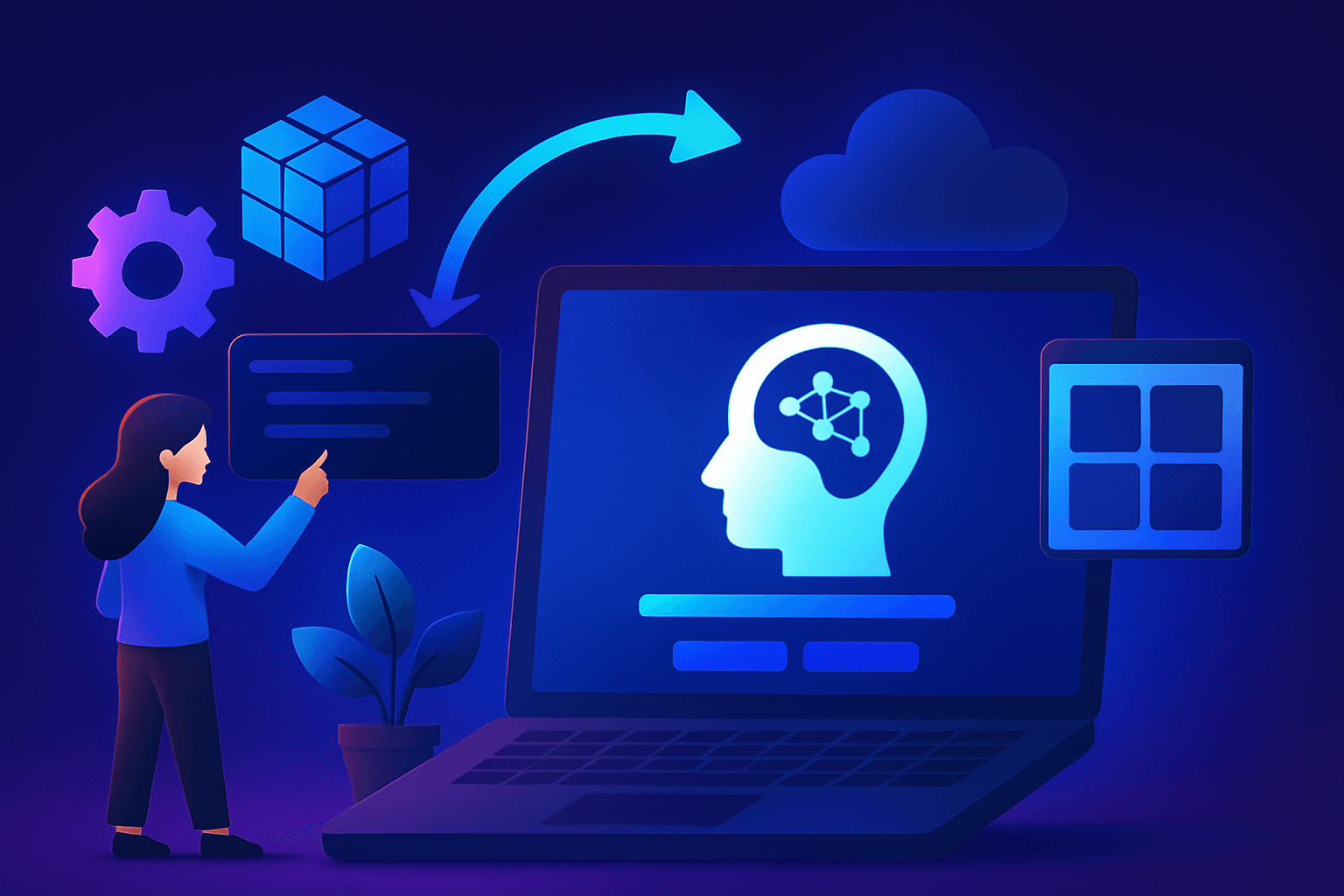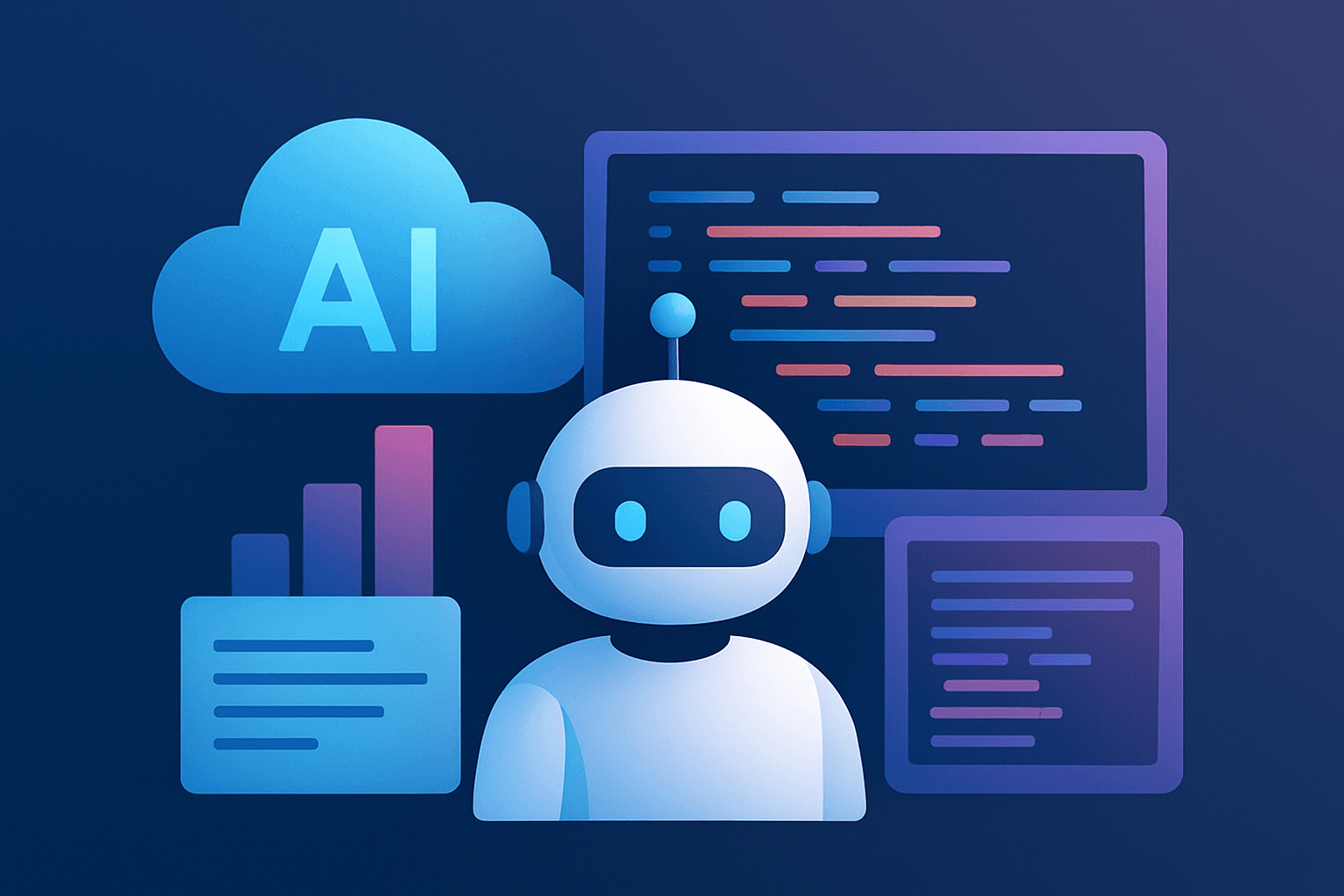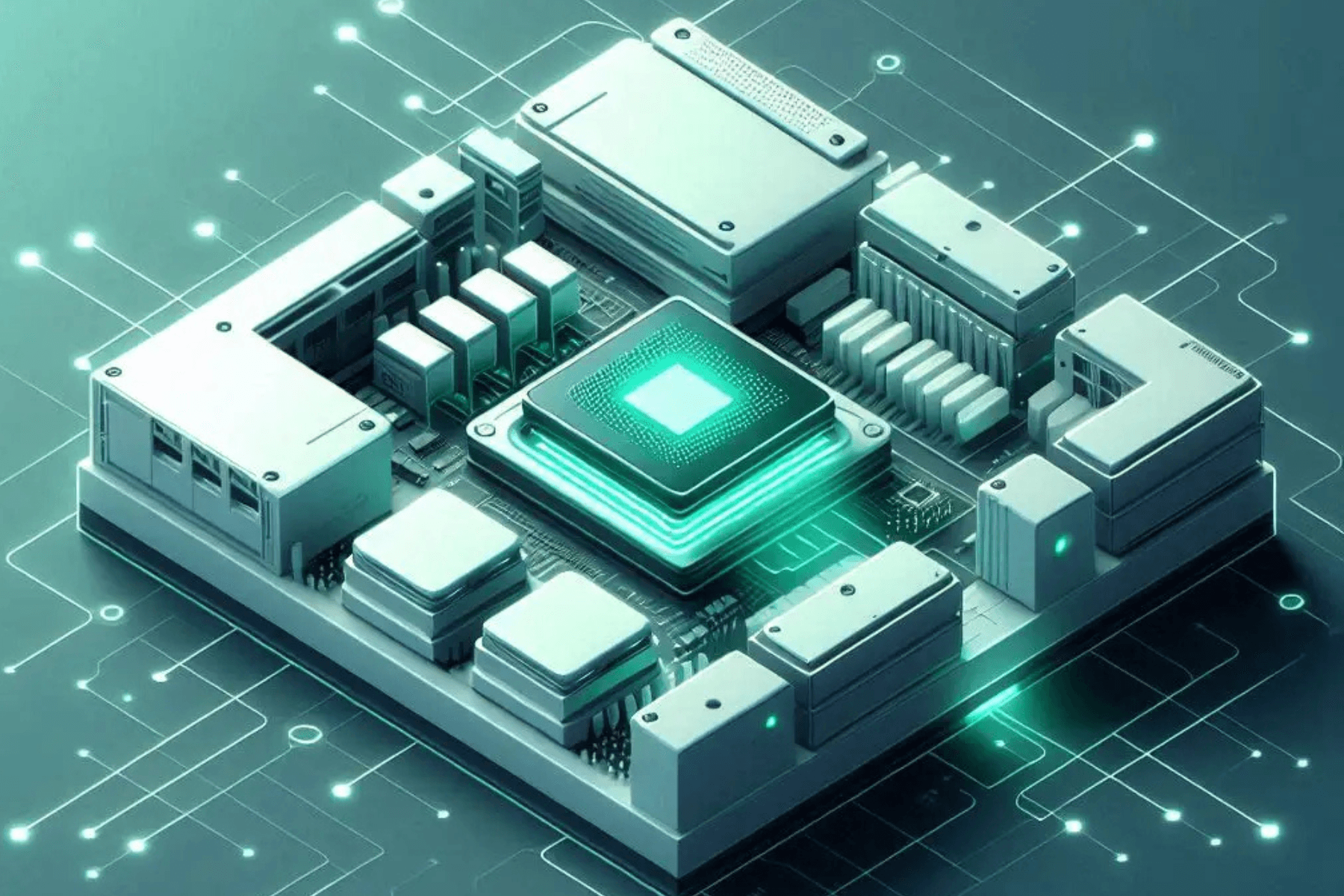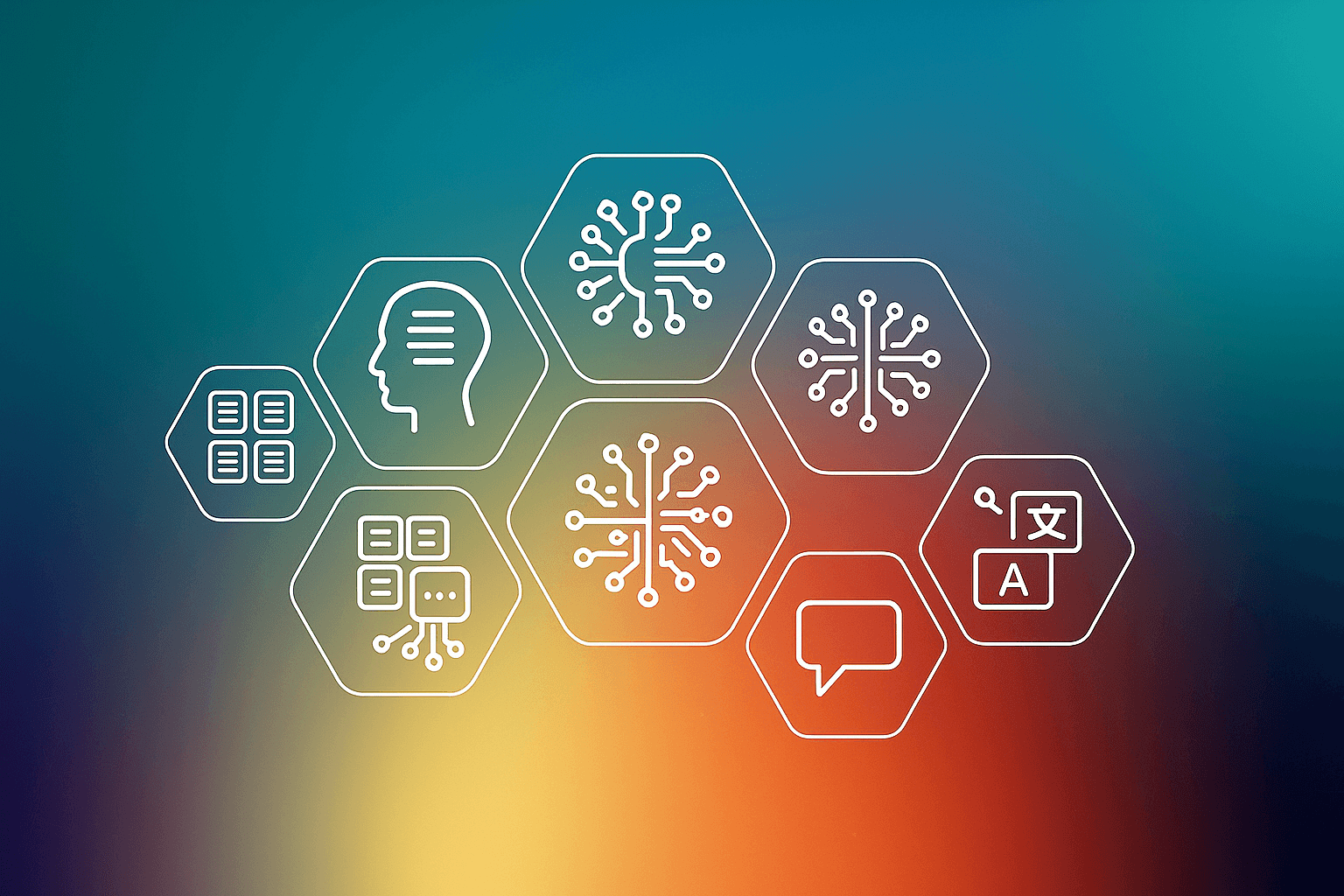In the vast domain of data science, vector embeddings stand as a transformative force, redefining our approach to data representation and understanding. This comprehensive guide delves into the essence of vector embeddings, exploring their significance, applications, and the cutting-edge techniques used to construct them. We aim to equip you with the knowledge to harness the power of embeddings, unveiling the patterns and relationships hidden within your data.
What are Vector Embeddings?
At its core, the concept of vector embeddings involves representing words, phrases, objects, or even more abstract entities as dense vectors within a high-dimensional space. This mathematical representation ensures that similar entities cluster together, mirroring their semantic or functional similarity. Vector embeddings capture the intricate characteristics and dynamics between elements, allowing algorithms to perceive the meaning and context embedded in data points. By translating complex information into a vector format, we unlock a realm where data can be analyzed and manipulated with unprecedented precision and insight.
Representing Data as Vectors
Representing data as vectors shows the hidden patterns and allows for getting meaningful insights. By converting data points into vector representations, the power of mathematical operations and algorithms can be harnessed to explore relationships, measure similarities, and extract information from our data.
Vector representation of data points involves converting each data point into a numerical field that exists in a multi-dimensional space. Each dimension of the vector corresponds to a specific feature or attribute of the data and captures its characteristics, allowing for mathematical operations to be performed. This transformation empowers us to employ a wide range of analytical techniques, from measuring distances and similarities to applying machine learning algorithms.
To convert data into vectors, we utilize various techniques suited to different types of data. When dealing with categorical data, a common approach is one-hot encoding. This technique assigns a unique dimension to each category, where a dimension is set to 1 if the data point belongs to that category and 0 otherwise. This encoding scheme allows us to capture the presence or absence of specific categories within the data, enabling us to analyze categorical data efficiently.
Applications of Vector Embeddings
The flexibility and expressiveness of embeddings make them a powerful tool for representation learning, enabling enhanced analysis and understanding of complex data. Vector embeddings have a wide range of applications in various fields. Here are some examples.
Recommendation Systems
Embeddings can be used to represent user preferences and item properties in recommendation systems. By mapping users and items into a shared vector space, similarity between users and items can be computed, enabling personalized recommendations. Embeddings can capture complex relationships and patterns, leading to more accurate and effective recommendations.
Natural Language Processing (NLP)
Embeddings are widely used in NLP tasks such as language modeling, document classification, named entity recognition, and machine translation. Word embeddings represent words as dense vectors in a continuous space, capturing semantic and syntactic relationships. These embeddings allow models to leverage contextual information and improve performance on various NLP tasks.
Sentiment Analysis
Vector embeddings can be employed to analyze and classify sentiments in text. By representing words or phrases as vectors, sentiment analysis models can learn to associate different sentiment polarities with specific vector representations. This enables the detection of sentiment in text data, which is useful in social media monitoring, customer feedback analysis, and brand reputation management.
Image and Video Analysis
Vector embeddings can be applied to analyze visual content, including images and videos. Techniques such as Convolutional Neural Networks (CNNs) can extract high-dimensional vector representations, known as image embeddings, from visual data. These embeddings capture visual features, enabling tasks such as object recognition, image similarity search, and content-based image retrieval.
Anomaly Detection
Embeddings can be utilized for anomaly detection in various domains, such as network traffic analysis, fraud detection, or equipment monitoring. By mapping normal behavior patterns into a vector space, anomalies can be identified as data points that deviate significantly from the normal distribution of embeddings. This approach can help detect unusual or suspicious activities in real-time.
Knowledge Graph Embeddings
Knowledge graphs represent structured information as entities and their relationships. Embeddings can be used to encode entities and relationships into low-dimensional vectors, known as knowledge graph embeddings. These embeddings enable reasoning, link prediction, and entity classification within knowledge graphs, supporting applications such as question answering systems or recommendation systems based on structured data.
Techniques for the Construction of Vector Embeddings
When it comes to constructing vector embeddings, there are several techniques and algorithms that have proven to be effective. Here are three popular approaches:
Word2Vec and GloVe:
GloVe and Word2Vec are used extensively to generate word embeddings. GloVe combines global matrix factorization with local context window-based statistics to capture local and global word co-occurrence information. Both algorithms produce dense vector representations where similar words are closer together in embedding space. Word2Vec, in contrast, is based on neural networks and uses either a skip-gram model or continuous bag-of-words (CBOW) to learn word representations. It learns to predict the probability of a word given its context or vice versa.
Deep learning approaches:
Techniques such as recurrent neural networks and transformers can be used to create embeddings for different types of data, including text, images, and audio. RNNs and Long Short-Term Memory (LSTM), and Gated Recurrent Units (GRUs) can capture sequential dependencies and generate contextualized embeddings. Transformers have been widely successful in NLP tasks and can generate high-quality embeddings by considering the global context of words.
Transfer learning and pre-trained embeddings:
This involves pre-trained models as a starting point for a specific task. In NLP, pre-trained language models like BERT and GPT have gained a lot of popularity. These models are trained on large corpora and can generate contextualized word embeddings that capture complex linguistic patterns. By fine-tuning these models on task-specific data, you can obtain embeddings that are highly effective for downstream tasks, such as sentiment analysis, named entity recognition, and question answering.
Each of these techniques has its own strengths and weaknesses. The choice of technique depends on the specific requirements of the task at hand and the available resources.
Best Practices for Using Vector Embedding
Vector embeddings are a powerful tool for various machine learning tasks such as NLP, recommendation systems, and image analysis. Some ways to make the most of vector embeddings are:
Choose the right embedding technique for your task
Different embedding techniques can be used for different types of data such as text, images, and graphs. For example, Word2Vec, GloVe can be used for embedding text. Pre-trained models such as ResNet can be used for images. Thus, it is important to consider the nature of the data and the task at hand. Research and experiment with different embedding methods to find the one that best captures the semantics and relationships in your data.
Fine-tuning and optimizing embeddings:
Fine-tuning the pre-trained embeddings on your specific task can improve their performance. Text embeddings can be fine-tuned by training models like BERT. You can also regularize embeddings during training to prevent overfitting by using techniques such as L2 regularization.
Another thing that can be done is to experiment with different hyperparameters, such as learning rates, batch sizes, and optimization algorithms, to find the optimal configuration.
Handling data updates and evolving embeddings:
Data evolves over time. It is important to handle data updates to keep your embeddings updated. If and when new data becomes available the embeddings can be retrained using the updated dataset or combined with the existing data. Periodically retraining the embeddings from scratch may be necessary for tasks where data distribution changes significantly. Incremental learning or online learning can be used to update embeddings in a scalable manner.
Evaluating and monitoring embedding quality:
Regular evaluations should be performed to assess the quality of your embeddings. Appropriate metrics can be used based on the task at hand, such as accuracy, precision, recall, or Mean Average Precision (MAP). To get an insight into the structure and identify anomalies or clustering patterns. Also, it is important to monitor the performance of your embeddings over time and track any improvements or degradation.
Transfer learning and domain adaptation:
Transfer learning can be useful when there is limited labeled data for your specific task. Start with pre-trained embeddings and fine-tune them on a related task or dataset before adapting them to your target task. If your target task has a different data distribution or domain, consider domain adaptation techniques to align the embeddings with your target data. This can include techniques like adversarial training or domain-specific fine-tuning. Remember that the effectiveness of vector embeddings depends on the quality and relevance of the data used for training.
Conclusion
Vector embeddings provide a framework for representing and analyzing data in several domains. Representing data as vectors can help leverage mathematical operations and similarity measures to see meaningful patterns and relationships. As research and development in vector embeddings will progress, there will emerge more applications and techniques that will further enhance our understanding of this form of data.
You can also read about the top 7 Vector Databases for AI here.
